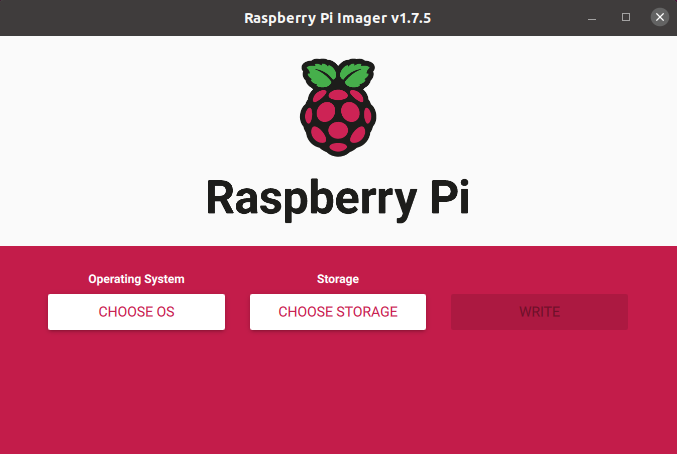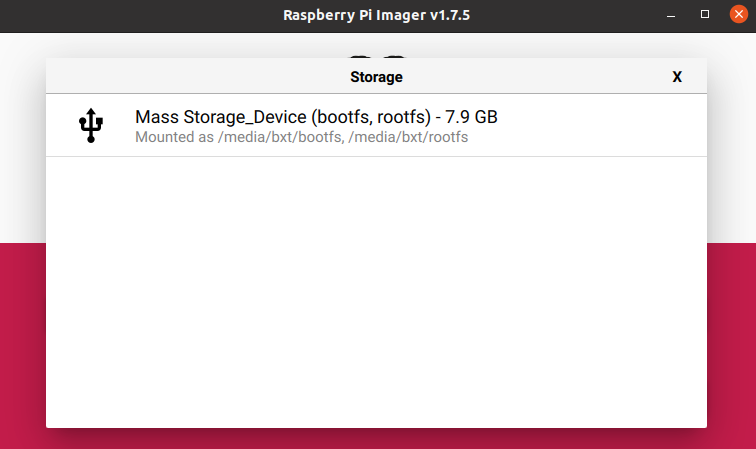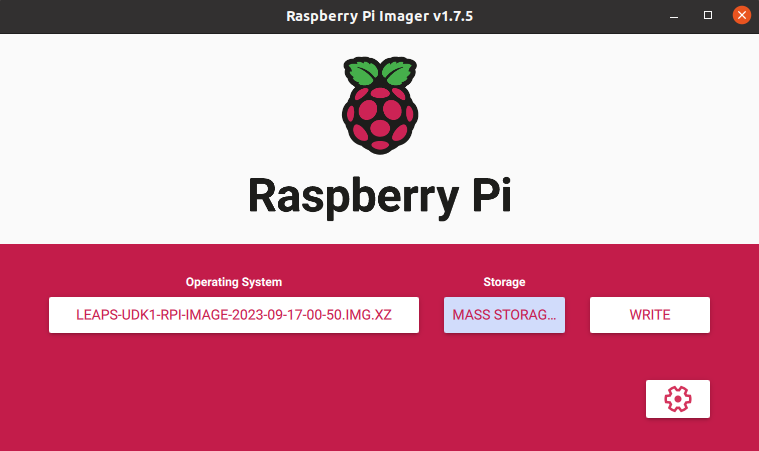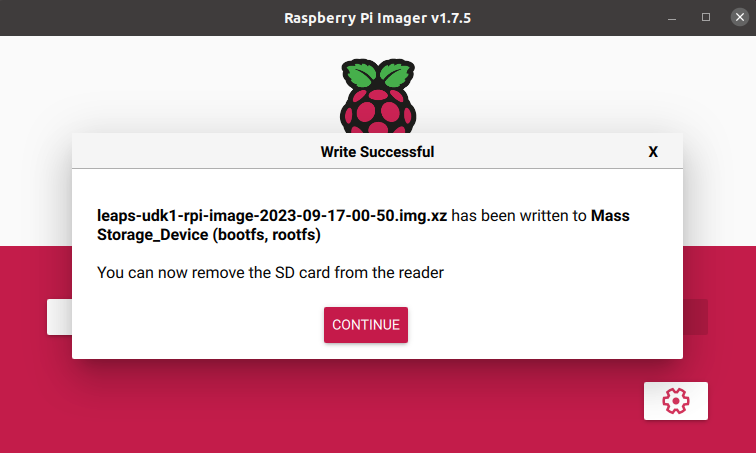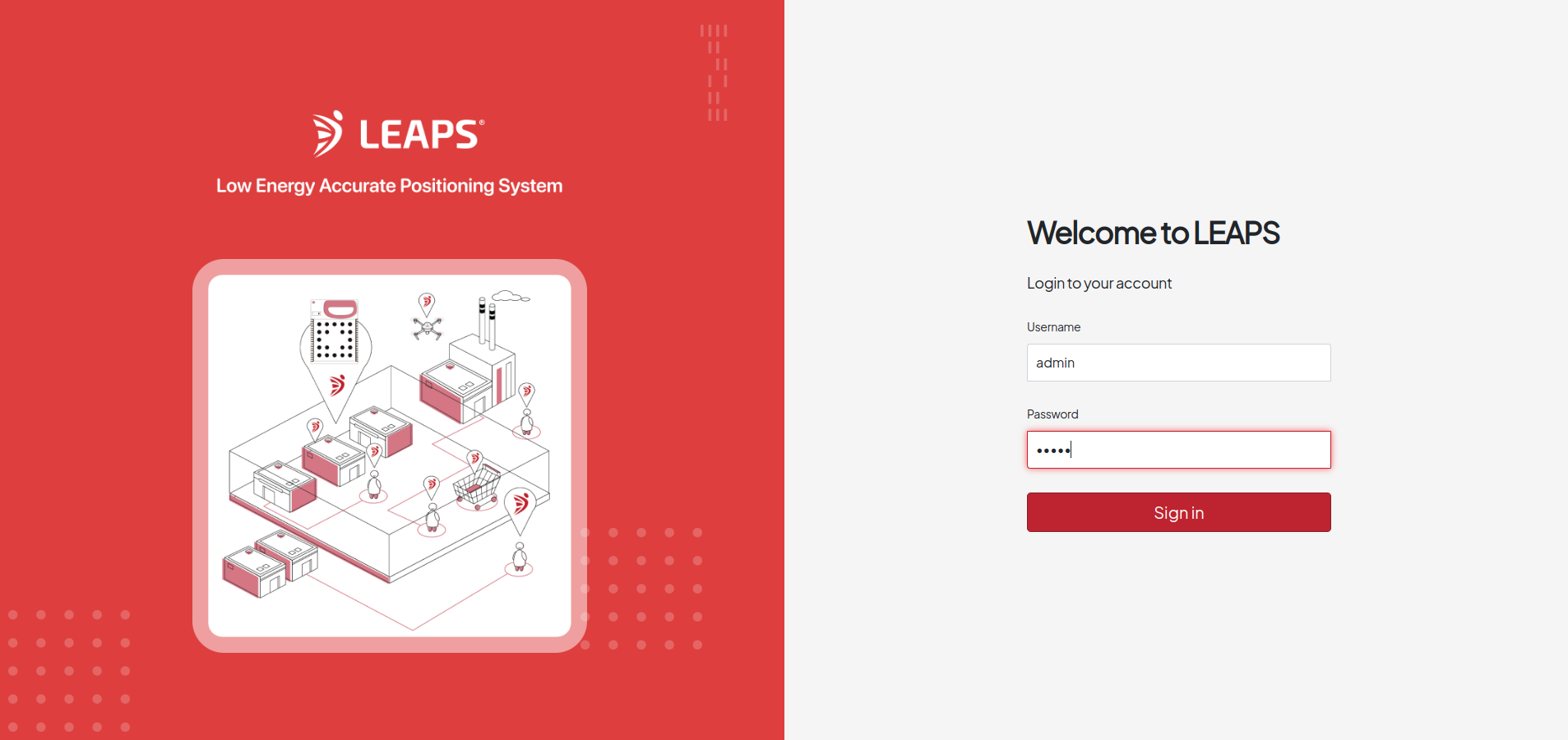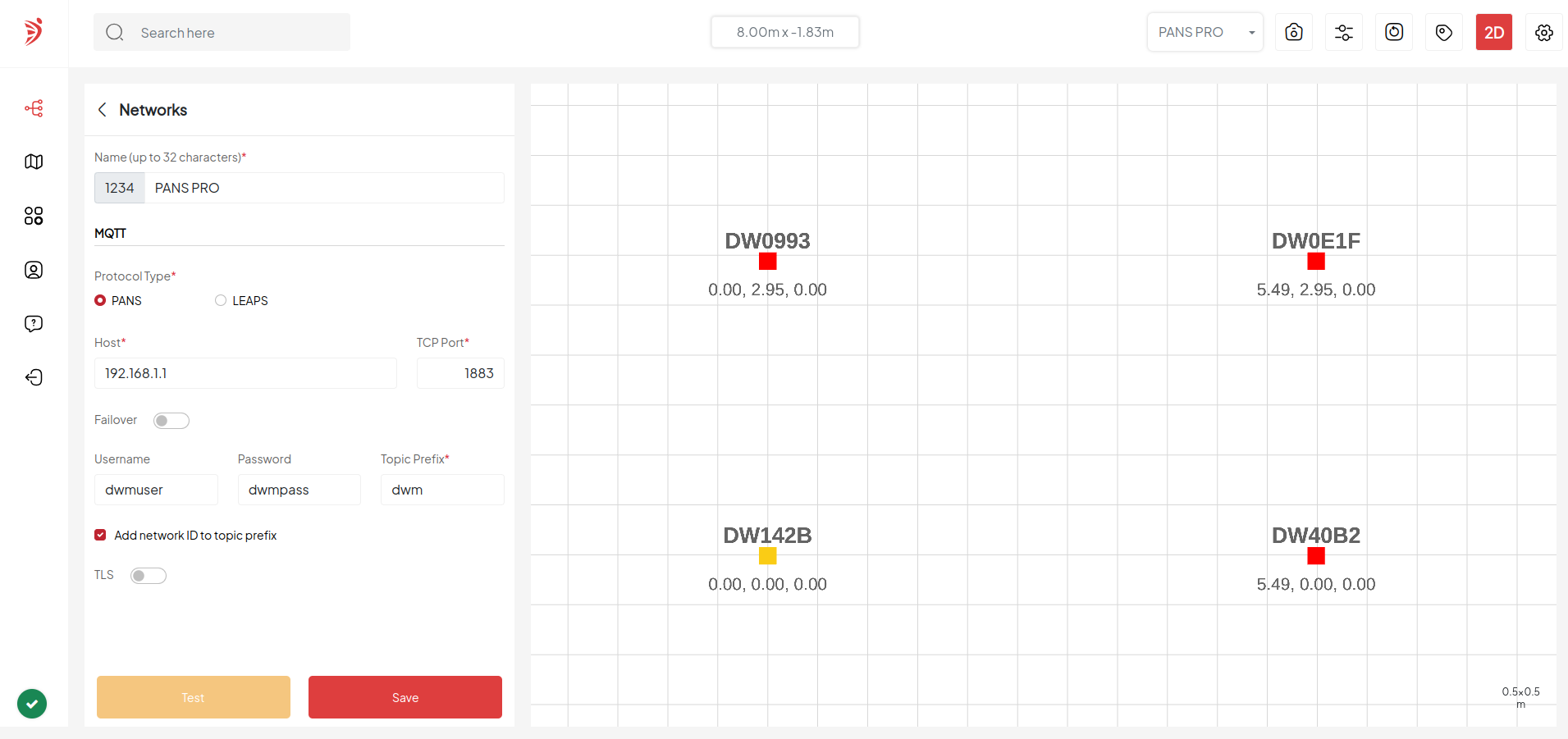PANS PRO Raspberry Pi
This page provides:
The PANS PRO Raspberry Pi package.
Information about system requirements.
Instructions on how to install PANS PRO Raspberry Pi.
The installation is fast and easy and only needs to be done once.
Before starting: Remember to back up any important files from the SD card you want to keep, as all data will be permanently overwritten during formatting.
System requirements
Raspberry Pi 3B or newer.
Recommended: A set (At least five devices) to verify.
Recommended: Batteries or Micro USB cables for powering the devices.
Recommended: PANS PRO Manager to configure devices.
Setup instructions
Download PANS PRO Raspberry Pi Image.
Please contact us for the download package at apps-support@leapslabs.com.
Extract the PANS PRO Raspberry Pi Archive.
Use a program like WinZip or 7-Zip to extract the downloaded PANS PRO Raspberry Pi zip file.
Launching the Raspberry Pi Imager.
Your operating system may try to block the installer.
On Windows: If you see a warning message, click More info and Run anyway.
Installing the PANS PRO Raspberry Pi Image.
Insert your SD card into the computer or laptop’s SD card slot.
Open the Raspberry Pi Imager.
Select ‘Use custom’ then select, the desired PANS PRO Raspberry Pi Image you want to install.
Choose the correct SD card to install the image on. The drives may be displayed differently on different platforms.
Take extra care to select the correct drive based on its memory capacity.
A new WRITE button will appear with “once the PANS PRO Raspberry Pi Image and the SD card are selected.
Click the WRITE button.
Writing and finishing up.
Getting started with PANS PRO.
Remove the SD card from your computer or laptop and insert it into the Raspberry Pi.
Make sure your Raspberry Pi is powered on.
The PANS PRO system is installed and configured to boot with your Raspberry Pi.
Wait for the System to Boot.
Please be patient and allow a few minutes for the entire system to finish booting
Connect to the
LEAPS-APnetwork broadcasted by the Raspberry Pi with the passwordLeaps1234.SSH into the Raspberry Pi (optional).
On a PC (or even another Raspberry Pi), open a PowerShell or Terminal window, then enter the following command to connect to the Raspberry Pi via SSH.
ssh leaps@192.168.200.1By default the account is
leapsand password isleaps.
Use PANS PRO Manager to prepare network and determine the
network ID.Configure and connection with Gateway board.
11.1. Open the configuration file.
sudo nano /usr/share/LEAPS-DOCKER-LINUX/leaps-server-hub/data/leaps-server.conf11.2. Update the LEAPS Server configuration.
Change the MQTT API variant to either “pans”:
mqtt_api = pans11.3. Restart the LEAPS Server.
After saving your changes, restart the services:
sudo docker restart leaps_server11.4. Confirm LEAPS Server status.
Check the status of the running Docker containers:
leaps@raspberrypi:~ $ sudo docker ps CONTAINER ID IMAGE COMMAND CREATED STATUS PORTS NAMES 68c33d70bc07 leapslabs/leaps_server:udk "/app/leaps-server -..." 6 days ago Up 15 minutes 0.0.0.0:7777->7777/tcp, 0.0.0.0:7777->7777/udp, :::7777->7777/tcp, :::7777->7777/udp leaps_server 38092ca7b1b1 leapslabs/leaps_center:udk "sh -c 'cd /app && ..." 6 days ago Up 15 minutes 80/tcp, 0.0.0.0:80->8080/tcp, [::]:80->8080/tcp leaps_center11.5. Connect Raspberry PI Ethernet directly to the gateway board or to a separate switch with the gateway boards.
IP address: 192.168.200.1
Network mask: 255.255.255.0
Note: it can be connected to your common switch/router, but IP addresses might conflict. Ethernet configuration of the Raspberry PI is static as follows
11.6. Check the network ID on the gateway boards matches UWB Network. Refer further to the
Gateway ConfigurationinQuick Start with Web.
Check system status (optional).
Use the mosquitto_sub command to check the system status. This command will connect to the Mosquitto MQTT broker and display all messages received.
mosquitto_sub -p 1883 -d -v -t '#'
Access LEAPS Center.
In a web browser, access the address 192.168.200.1/24. (This can be opened directly on Raspberry Pi or, on a PC that is connected to the
LEAPS-APnetwork broadcasted by the Raspberry Pi with the passwordLeaps1234- Step 9)If you are on a LAN network, use another computer’s web browser to access the Raspberry Pi’s IP address.
Configure the network settings in LEAPS Center to match the network ID of the gateway board you have connected.
Login LEAPS Center.
Logging in with Username as admin and Password as admin.
Configure the network on LEAPS Center.
Check the network settings in LEAPS Center to match the network ID of the gateway board you have connected.
Please refer to the LEAPS Center and PANS PRO Manager for more details on how to use the application to configure and visualize the nodes and network.
Now the system has been successfully set up and configured the system. Enjoy using it!
